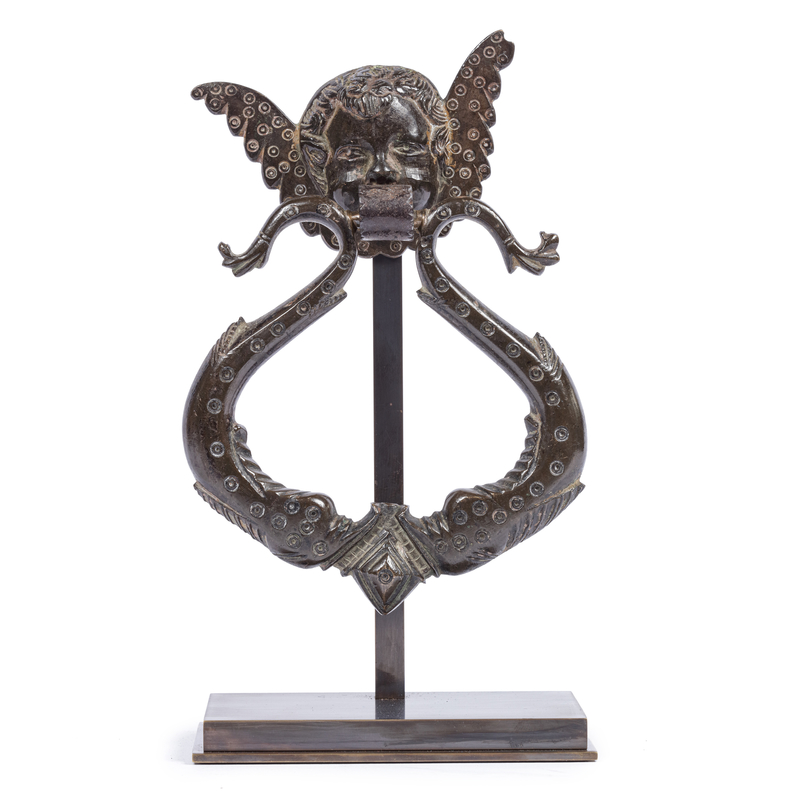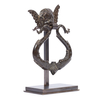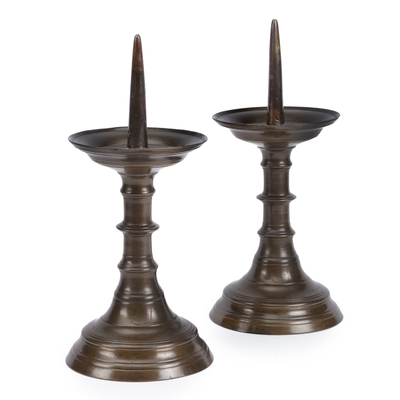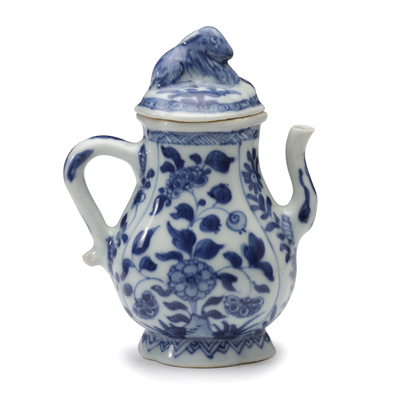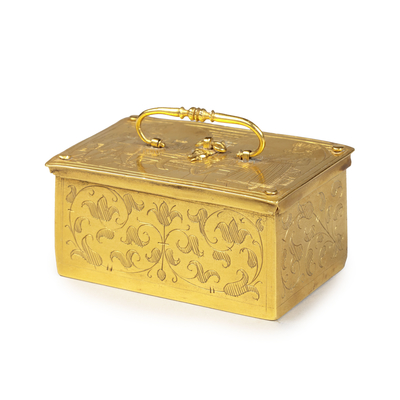Door knocker with cherubs
Global shipping available
- Origin
- Italy
- Period
- 16th century
- Material
- Bronze
- Height
- 14 cm
- Width
- 13 cm
- Depth
- 3 cm
- Literature
R. Ysla, Striking Figures, Figurative Door Knockers from the Renaissance to the Twentieth Century, 2019 p. 22, 57, cat. no. 45.
Questions about this object?
Please use one of the contact options below:
Description
This richly decorated bronze door knocker, cast in the lost-wax technique, is formed by two dolphins with curly tails. Between the two tails is a winged cherub, also the front of the mounting rod. At the height of its mouth the hinge is attached. The dolphins hold a diamond shape in their mouths and, like the wings of the cherub, are decorated with punched circles.
Door knockers are both decorative and practical, and the simple mechanical system gave the maker plenty of space to create a small work of art that was seen by many people. The door knocker spread through Europe from the early sixteenth century onwards with the rise of the upper-middle classes and merchants but had been used much earlier in churches and palaces. In the sixteenth and seventeenth centuries, the imagery that was used expanded; in addition to classical lions and eagles, various animals, angels, fantasy creatures and beings from classical antiquity were depicted. Due to their common function, many door knockers have deteriorated or become worn over the course of time.
